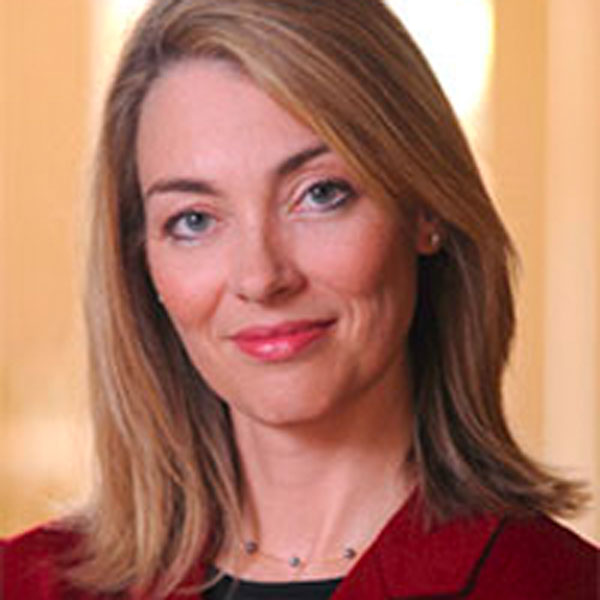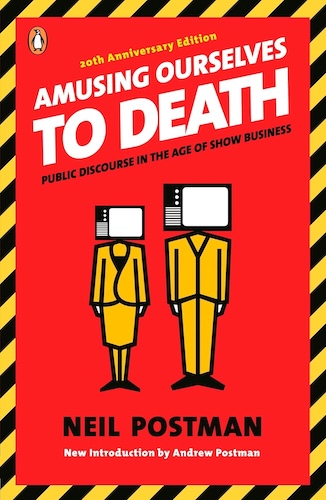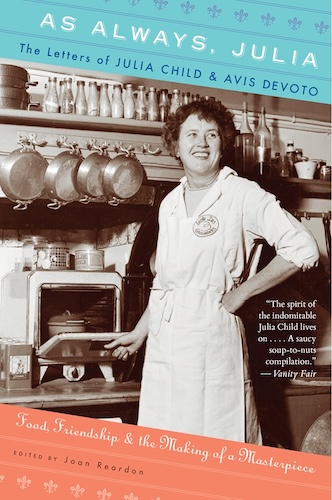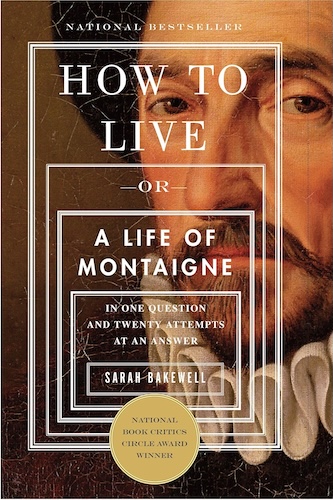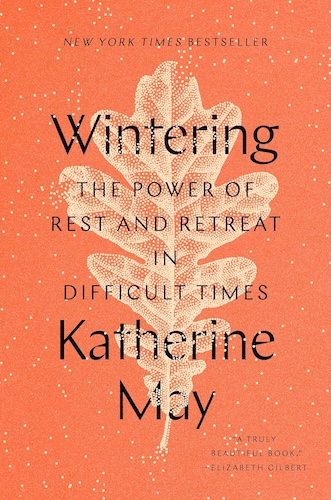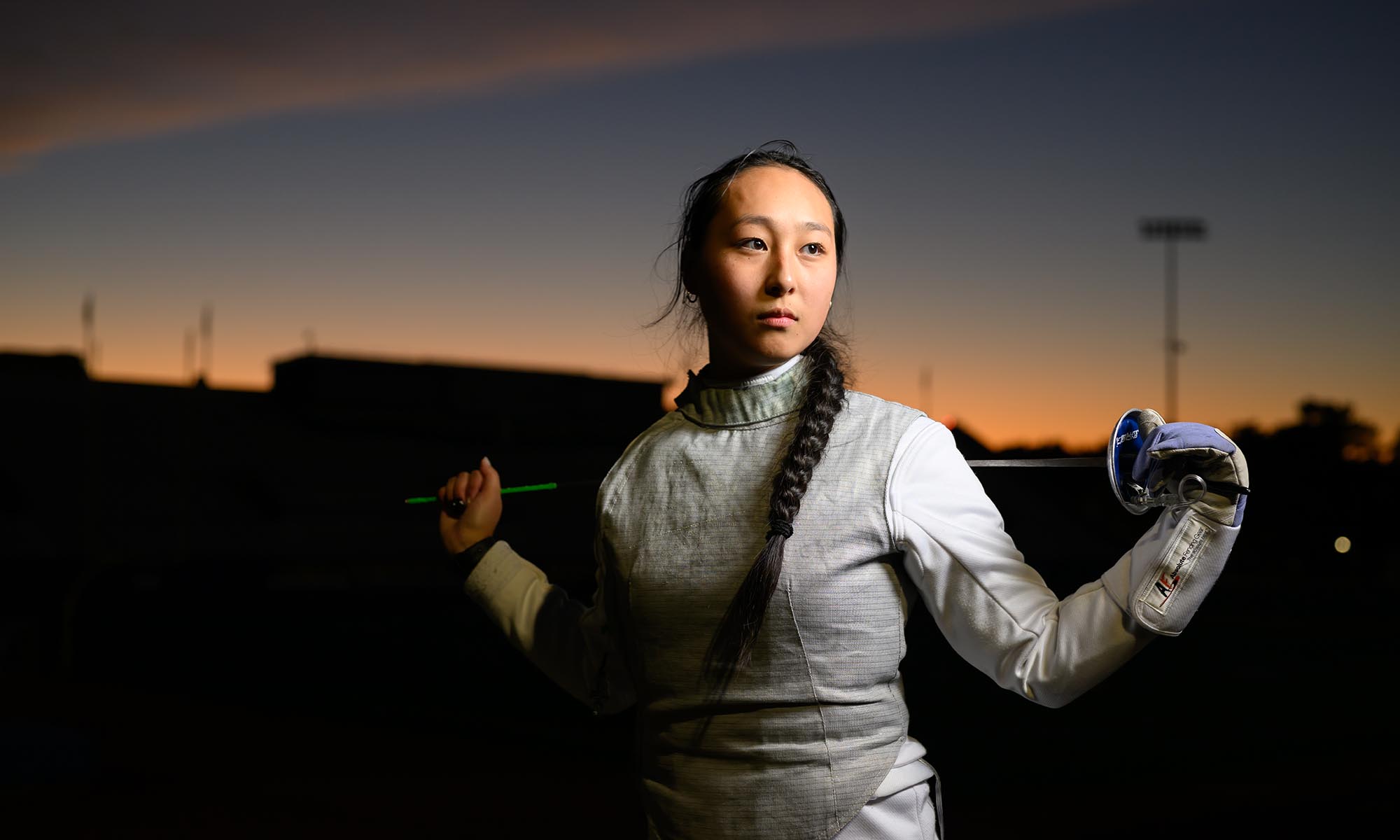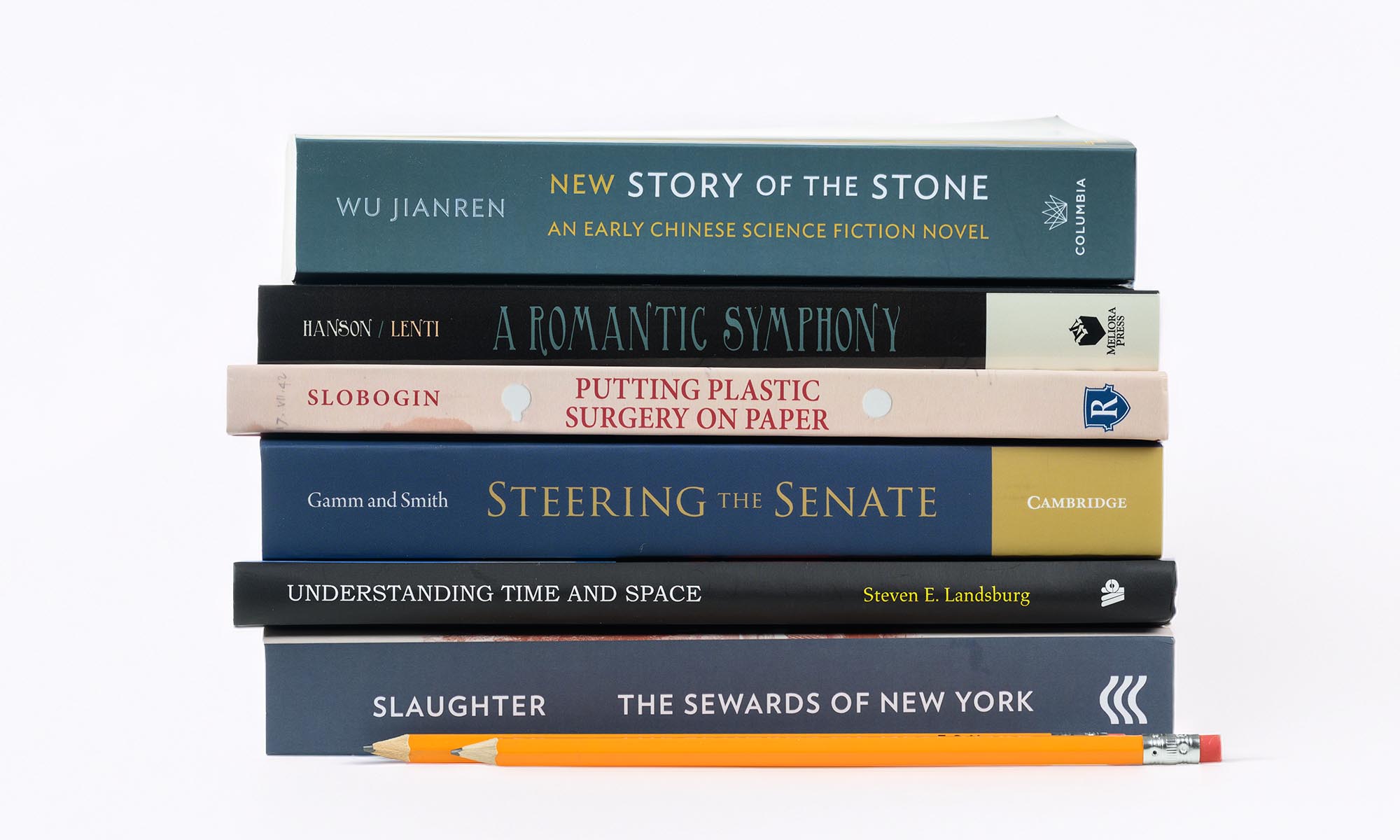The 2025 Guggenheim Fellow on turning a passion for reading and writing into a career solving our most vexing political puzzles.
I didn’t come from an academic family. I didn’t really know what the job description for a professor of political science entailed. What I did know was that I loved reading and thinking about the world.
When I got to Berkeley in the late 1980s, things were shifting politically on a global scale. It was an optimistic period: The Berlin Wall came down, apartheid was ending, and Latin America’s military dictatorships were collapsing. The “third wave” of democratization was really a triumph of liberal democracy, and I wanted to understand why, why now, and how long could it last?
I really didn’t have a grand plan to become a professor. I just wanted to keep asking questions, keep reading, and keep learning about how to study politics. It wasn’t obvious to me how any of these things worked professionally, but, luckily, I had great mentors. Being guided at the right moment can change the entire trajectory of a life.
The book that really shaped me as a graduate student was Democracy and the Market by Adam Przeworski. I still assign it in almost every class I teach. At Berkeley, where I started as a graduate student, the training had leaned more toward history, typologies, conceptualizing, path dependence, and critical junctures (the idea that past events and historical processes create conditions that set countries on certain paths and make certain outcomes more or less likely).

The professors at the University of Chicago, where I transferred in my second year of graduate school, showed me another way of thinking about how to study politics—to focus on how institutions shape individuals’ incentives and the ways in which people interact strategically. That was exactly the approach that had originally been pioneered at URochester in the 1960s. By the ’90s, it was being used by these phenomenal people who studied comparative politics at Chicago, including my mentor, Susan Stokes, who is this year’s American Political Science Association president-elect. The approach she and others taught was much more intuitive to me, and I felt I could really build on that.
If I could redesign one US political institution, it would be the Electoral College, hands down. We’re the only country in the world that still has one, and there’s really no rhyme or reason for it. It can distort the popular vote, it’s vulnerable to manipulation, and it gives the presidency—an office that over the last few decades has already seen a tremendous concentration of power because of Congress’s dysfunction—a shaky democratic foundation. It’s rare that you have an institution that is so bad that there’s no downside to reforming it. But this is definitely one of them. I’d replace it with a system where the candidate who wins the most votes nationally becomes president. That principle is really important for rebuilding trust in our democracy.
What keeps me passionate about my work is the chance to draw connections between ideas. I love taking a theoretical framework from one context and seeing how it can illuminate a completely different problem. Or noticing when something everyone assumes about politics has a neglected but important flip side. That kind of intellectual puzzle is deeply satisfying.
As I got older and became a tenured professor, I found that it’s equally satisfying to teach that approach. Watching students light up when they see how these tools or models can unlock a political puzzle—that never gets old.
And then there’s the other piece: balance. Academic life requires solitude and focus, but it also demands interaction and engagement. The trick is to have both. Fellowships and my work with Bright Line Watch and the Democracy Center are all attempts at balancing my inward, isolated academic work with the outward responsibility of sharing ideas beyond academic journals.
I feel lucky. Lucky to have had mentors who nudged me in the right direction. Lucky to be in a field where the questions never stop coming. And lucky that the things I loved as a child—reading, writing, asking why—are all part of my job description today.

